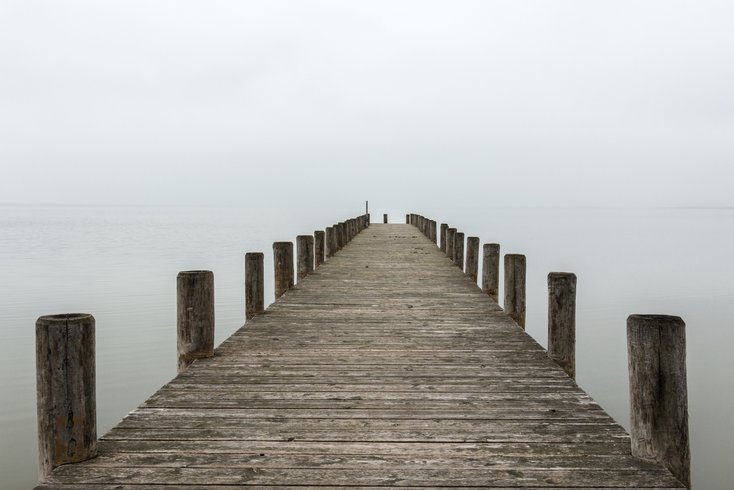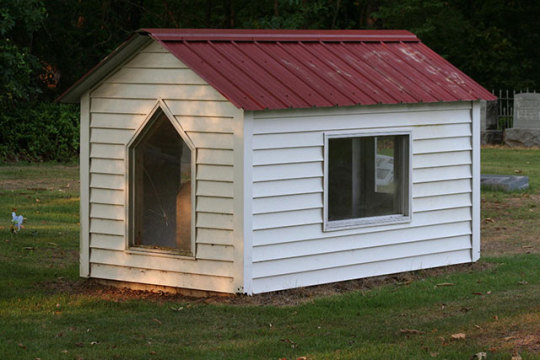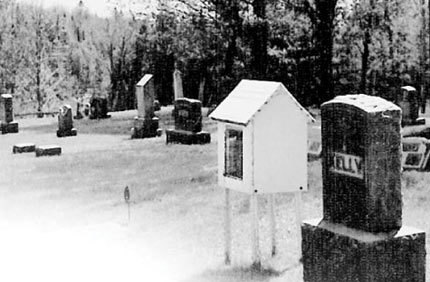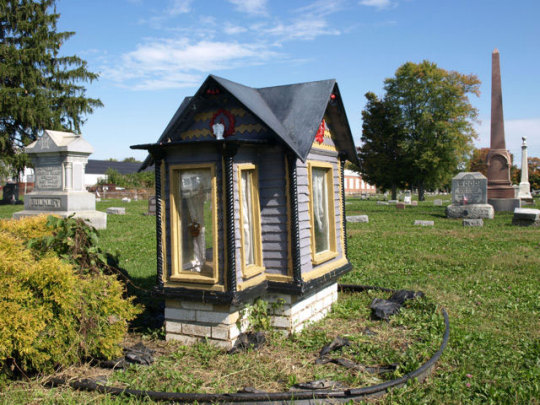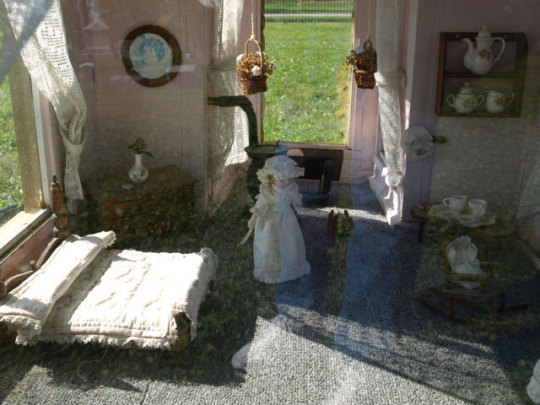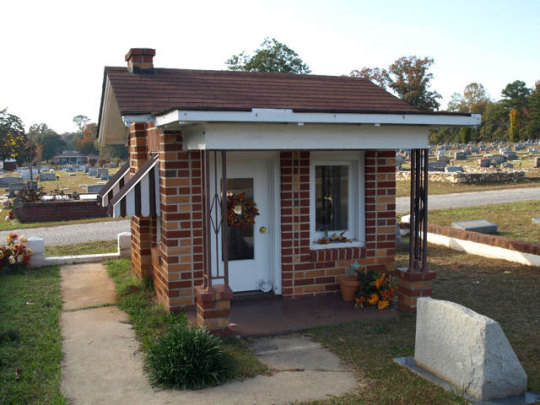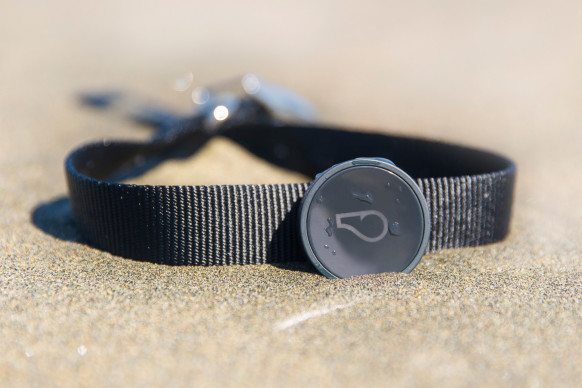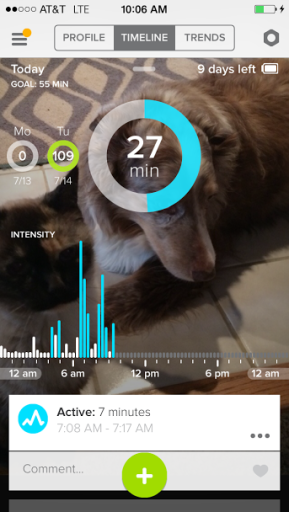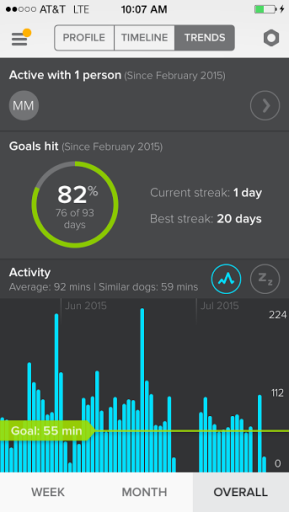From funeral cooperatives to green burials, there’s a kinder, gentler, less expensive way to die.

Char Barrett walked into a quaint cafe in Seattle with business in mind.
Over the smell of coffee and freshly baked tarts, she was going to advise a client on how best to host a special event at her home, helping coordinate everything from the logistics of the ceremony, to how to dress the guest of honor. People might cry, they might laugh, and all attention would be on the person of the hour—only that person would never see, hear, or enjoy the festivities, because they would be dead.
 “People looked at me like I had two heads when I said, ‘Keep the body at home after the person dies,’” says Barrett, a Seattle-based funeral director and certified “death midwife.” “For families who want it, they should have the right to do it.”
“People looked at me like I had two heads when I said, ‘Keep the body at home after the person dies,’” says Barrett, a Seattle-based funeral director and certified “death midwife.” “For families who want it, they should have the right to do it.”
Barrett has been practicing home funerals in the area since 2006 through her business, A Sacred Moment. In a home funeral service, the body is either brought back to the family from the place of death or stays at home if the person died there. The family then washes the body, in part to prepare it for viewing and in part as a ritual.
“It’s really the way we used to do it,” says Barrett.
To Barrett and many other professionals who are offering alternatives to the more status-oriented, profit-driven funeral industry, it’s time to rethink how we handle death. From consumer cooperatives that combat price gouging, to putting the power of choice back in the hands of the family, the city of Seattle has become a hub for alternative death care in the last two years, according to Barrett. The subculture of “deathxperts” want not only to empower their clients, but also potentially phase out their jobs altogether—a sort of death of the funeral director as we know it.
A History of Death
For the majority of human history, families handled arrangements for the deceased, from the time immediately after death, to burial or cremation. Until the advent of modern hospitals and health care at the turn of the last century, it was the norm for the old and sick to die at home surrounded by loved ones.
During the Civil War, embalming as a form of preservation found a foothold when Union soldier casualties needed to be transported from the sweltering South to mourning families in the North. Today, its pragmatic purpose is to temporarily stop decomposition for viewing and final goodbyes. However, the overwhelming majority of contemporary consumers don’t realize that, in most cases, it’s not legally required to bury a body, although special circumstances vary from state to state.
So why has probably every American funeral you’ve been to had an embalmed body in attendance?
As 20th century consumerism took hold and people were more likely to die in a hospital than at home, death receded from public consciousness. If a loved one were to die today, you would probably call and pay a funeral home to pick her up from wherever she took her last breath. They would wash her, embalm her, and dress her to your family’s liking. You would briefly visit her one last time at a mortuary or a chapel before she was either buried or burned. In all likelihood, her last bodily contact before disposition would be with a complete stranger.
In 1963, investigative journalist Jessica Mitford published “The American Way of Death,” an exposé of the country’s funeral-industrial complex, showing how it exploited the emotions of the living so it could up-sell unnecessary services and products, such as premium caskets and premier vaults. Federal Trade Commission regulations and consumer protections now prevent families from being swindled.
 Today, the funeral industry has become managed in part by aggregate companies. Mortuary giant Service Corporation International owns a large network of individually operated funeral homes and cemeteries, some of which exist on the same property as combination locations. If you imagine a standard funeral parlor and graveyard, you’re probably picturing an SCI-owned operation. Of the approximately 19,400 funeral homes in America, the publicly traded company owns about 2,300 homes, according to the National Funeral Director’s Association. Families and individuals privately own most of the rest.
Today, the funeral industry has become managed in part by aggregate companies. Mortuary giant Service Corporation International owns a large network of individually operated funeral homes and cemeteries, some of which exist on the same property as combination locations. If you imagine a standard funeral parlor and graveyard, you’re probably picturing an SCI-owned operation. Of the approximately 19,400 funeral homes in America, the publicly traded company owns about 2,300 homes, according to the National Funeral Director’s Association. Families and individuals privately own most of the rest.
“The reality is that if you can’t adapt to compete with SCI, you probably shouldn’t be in the market,” says Jeff Jorgenson, owner of Elemental Cremation and Burial, which prides itself in being Seattle’s “only green funeral home.” “But SCI is one of the best competitors you could ever hope for because they’re slow to change and they’re exceptionally resistant to anything progressive.”
Jorgenson started his business in 2012 with a special focus on carbon-neutral cremations and “green” embalming using eco-friendly preservatives. In every aspect of his operation, he works to be as environmentally minded as possible, an objective he sees lacking in most business models.
As SCI spent the 1960s through 1990s acquiring independent funeral homes to maximize profits, another organization was doing the exact opposite by forming a collective to prioritize consumer rights.
People’s Memorial Association is one of the nation’s only nonprofit organizations that pushes consumer freedom for end-of-life arrangements. Located in Seattle, the consumer membership-based group coordinates with 19 different death care providers across the state to offer fixed-price burial, cremation, and memorial services, as well as education and advocacy to encourage death care alternatives. Almost all of the funeral homes are privately owned and have a uniform price structure for PMA members, who contribute a one-time fee of $35. Barrett’s A Sacred Moment is one of PMA’s partners.
 “We negotiate contracts with the funeral homes so members walk in knowing exactly what they’re going to pay, and it’s usually a pretty significant discount from the usual prices,” says Nora Menkin, the managing funeral director of the Co-op Funeral Home. PMA founded it in 2007 when SCI decided to cancel arrangements with several of PMA’s partners. Now, PMA-contract homes offer full-service funerals for 65 percent less than the average local price, according to a 2014 price survey conducted by the PMA Education Fund.
“We negotiate contracts with the funeral homes so members walk in knowing exactly what they’re going to pay, and it’s usually a pretty significant discount from the usual prices,” says Nora Menkin, the managing funeral director of the Co-op Funeral Home. PMA founded it in 2007 when SCI decided to cancel arrangements with several of PMA’s partners. Now, PMA-contract homes offer full-service funerals for 65 percent less than the average local price, according to a 2014 price survey conducted by the PMA Education Fund.
“There’s no sales pressure, there’s no up-selling, and we make sure people get what they need,” says Menkin. “It’s about the consumer telling us what they want.”
Jorgenson’s Elemental Cremation and Burial works outside the umbrella of PMA’s service providers, but he still finds allies in Menkin and the Co-op Funeral Home.
“We’re in it to change an industry,” he says. “Just one of our voices out there is useless. There’s a kinder, gentler, less expensive way, and that’s what we’re all doing. It’s helping families in a new, more collaborative way.”
In Jorgenson’s opinion, you don’t even really need a funeral director.
“A funeral director is a wedding planner on a compressed time scale,” he says. “With the exception of the legality of filing a death certificate, a funeral director does the exact same things a wedding planner does: They make sure that the venue is available, that the flowers are ordered, the chaplain is there for the service, and that the guest of honor, be it the bride or the dead person, is there on time.”
In Washington state, some of the only legal requirements are preservation of the body 24 hours after death by way of embalming or refrigeration, obtaining a signed death certificate, and securing a permit for disposition of the deceased.
If the body will be kept at home for longer than 24 hours, preservation can be achieved by putting the body on dry ice for the duration of the viewing. Once the family has had enough time with the person, he or she will be removed for final disposition, which includes burial, cremation, or scientific donation.
“A funeral director that is truly in earnest with the services they’re providing these families would have the courage to say that,” says Barrett. “A family can do this themselves. They don’t need a licensed funeral director, especially in the 41 states where legally a family is able to sign their own death certificate.”
Even families who still want the guidance of a professional shouldn’t feel powerless.
“Too many people go to funeral homes and just want to be told what to do, because they haven’t been through it or they don’t want to think about it. That gives the funeral homes way more power than they really deserve,” says Menkin.
Ideally, a funeral home should educate consumers and encourage them to make informed decisions, she says, ultimately just acting as an agent to carry out their wishes.
The Process
For almost every modern funeral home preparation procedure, there is a more sustainable alternative. Dry ice can offset the need for embalming for brief viewing or shipping purposes. In instances where some form of embalming is necessary, such as a violently traumatic death, a mix of essential oils can replace the toxic mix of tinted formaldehyde. Even in the case of burial, biodegradable shrouds can eliminate the need for wood and metal caskets built, in theory, to last forever.
The distinctions apply to cemeteries too, which are divided into several camps as outlined by the Green Burial Council, the industry authority on sustainability. It assigns funeral homes, cemeteries, and suppliers a rating based on strict environmental impact standards, which scrutinize everything from embalming practices to casket material.
 There are traditional cemeteries with standard graves, monuments, mausoleums, and often water-intensive grass landscaping. The next step up are hybrid cemeteries, which still may have regular plots, but also offer burial options that don’t require concrete vaults, embalming, or standard caskets. Natural burial grounds, the middle rank, prohibit the use of vaults, traditional embalming techniques, and burial containers that aren’t made from natural or plant-derived materials; landscaping must incorporate native plants to harmonize with the local ecosystem, conserve energy, and minimize waste. Premier green burial occurs on conservation burial grounds, which in addition to meeting all of the above requirements, requires partnership with an established conservation organization and be dedicated to long-term environmental stewardship.
There are traditional cemeteries with standard graves, monuments, mausoleums, and often water-intensive grass landscaping. The next step up are hybrid cemeteries, which still may have regular plots, but also offer burial options that don’t require concrete vaults, embalming, or standard caskets. Natural burial grounds, the middle rank, prohibit the use of vaults, traditional embalming techniques, and burial containers that aren’t made from natural or plant-derived materials; landscaping must incorporate native plants to harmonize with the local ecosystem, conserve energy, and minimize waste. Premier green burial occurs on conservation burial grounds, which in addition to meeting all of the above requirements, requires partnership with an established conservation organization and be dedicated to long-term environmental stewardship.
Natural and conservation burial grounds must limit the use and visibility of memorials and headstones so as to preserve the native visual landscape as much as possible. Some properties have switched to GPS-based plot markers—visitors wouldn’t know they’re in the middle of a cemetery unless they were looking for it.
As consumers become more comfortable with taking charge of their dead, there will be more room to introduce new methods of body disposition, such as alkaline hydrolodis, a type of liquid cremation, and body composting. Earlier this year, supporters successfully funded a Kickstarter campaign to start research on the Urban Death Project, which aims to turn decomposing bodies into nutrient-rich soil. According to Jorgenson, sustainable burial practices are still part of a boutique market, though that doesn’t change his bottom line.
“Death is difficult. People don’t really want to experiment with mom,” he says. “But I count myself fortunate to be out there as one of the people that offers these alternatives, should someone want them.”
“The co-op movement is bigger in other countries,” says Menkin, who attended the 2014 International Summit of Funeral Cooperatives in Quebec. “Canada has a large network of funeral cooperatives, but it’s a bit more like a traditional funeral industry, just with a different business model. They’re not about alternative forms of disposition or changing the norm. We’re kind of writing the book on this one.”
Eventually, those conversations may become commonplace.
“Now when I mention home funerals to people, they don’t think anything of it,” says Barrett. To her, the time has come for people to think outside the box—literally.
Complete Article HERE!

